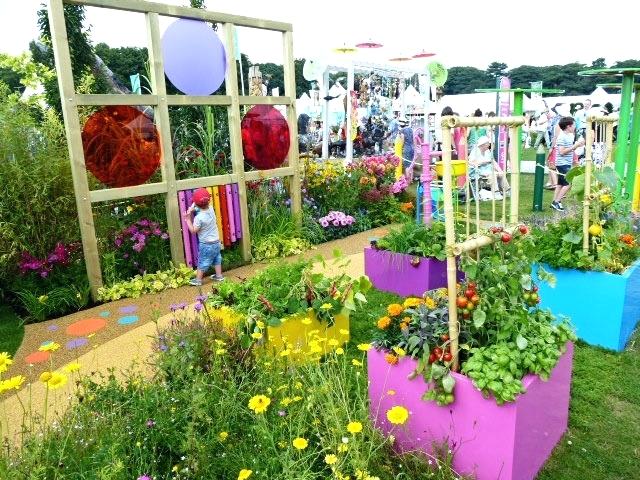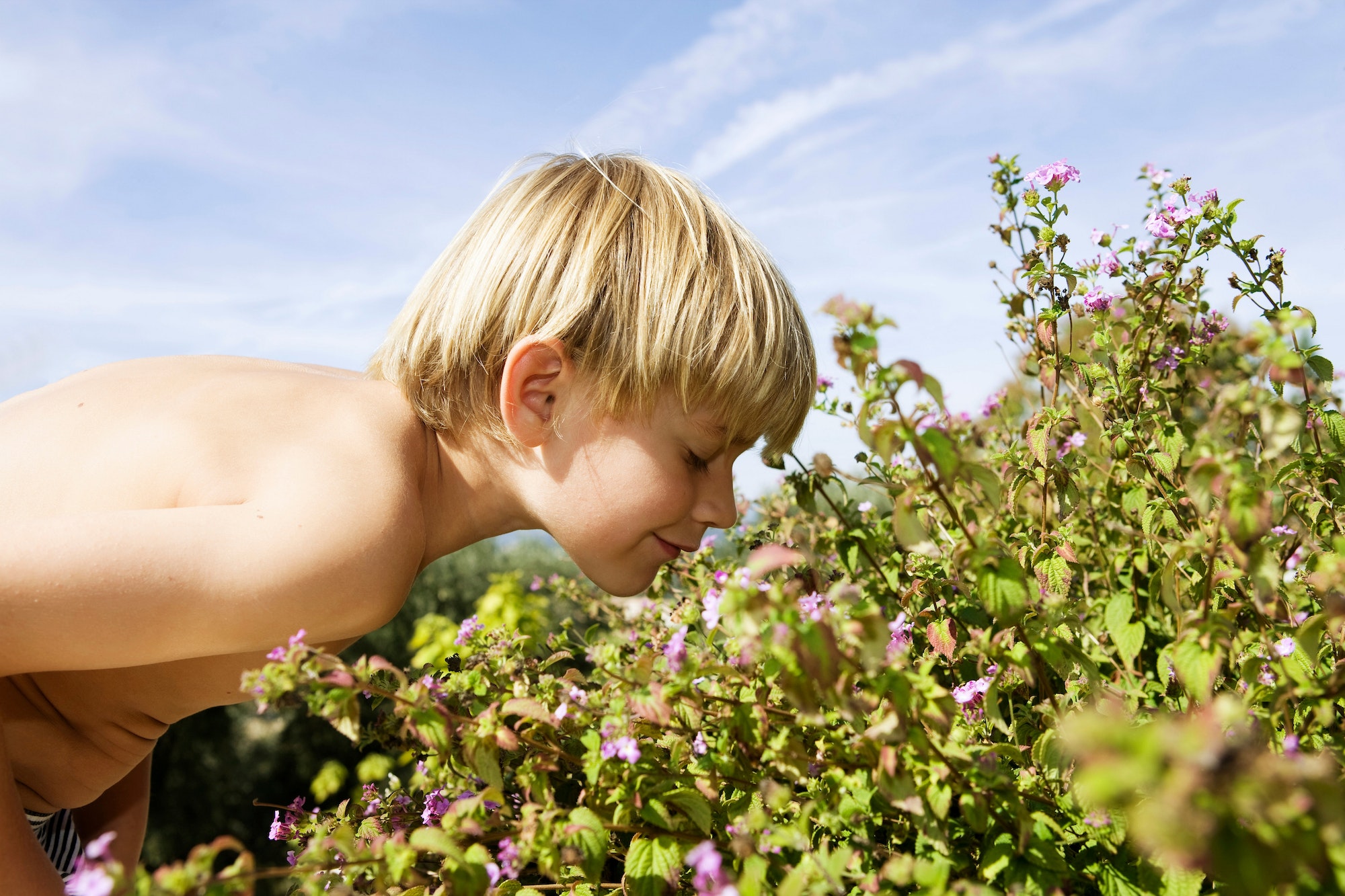Creating a Sensory Garden: Enhancing Your Outdoor Space with Multi sensory Delight

Incorporating The Senses in Your Sensory Garden Design
If you’re looking to create a garden that goes beyond the visual and engages all your senses, a sensory garden might be just what you need. Sensory gardens are designed to stimulate not just the sense of sight, but also touch, smell, sound, and even taste. In this article, we’ll explore the many benefits of sensory gardens, and provide some tips and ideas for creating your own multi sensory haven.
What is a Sensory Garden?
A sensory garden is a garden that is designed to engage all the senses, beyond just the sense of sight. The goal is to create an environment that stimulates the senses of touch, smell, sound, and even taste, in addition to providing a visually appealing space. Sensory gardens can be designed in various styles, from formal to informal, and can incorporate a wide variety of plants, hardscaping, and other features.
Benefits of Sensory Gardens
Sensory gardens have numerous benefits, including:
- Improved physical and mental health – Engaging with nature through all the senses has been shown to reduce stress and anxiety, improve mood, and boost cognitive function.
- Educational opportunities – Sensory gardens can be used to teach children and adults alike about nature and the environment.
- Increased accessibility – By incorporating features that stimulate all the senses, sensory gardens can be more accessible to people with disabilities or sensory impairments.
- Enhanced garden design – Sensory gardens offer a unique and creative opportunity to design a garden that goes beyond just visual appeal.
In the following sections, we’ll explore ideas for incorporating each sense into your sensory garden design.

Sight
Sight is often the first sense that comes to mind when thinking about gardens, and it’s an important one to consider when designing a sensory garden. Here are some ideas for incorporating visual interest into your garden:
Colour schemes: Choose colours that complement each other and create a cohesive look. For example, you might choose a palette of cool blues and purples, or warm yellows and oranges.
Texture variations: Incorporate plants with varying textures, such as fuzzy lamb’s ear or spiky agave, to create interest and contrast.
Plant selection for visual interest: Choose plants that have interesting foliage, such as variegated leaves or unusual shapes, to add visual interest to your garden.
Sound
Sound is an often overlooked aspect of garden design, but it can have a big impact on the overall sensory experience. Here are some ideas for incorporating sound into your sensory garden:
Wind chimes: Hang wind chimes in a variety of materials and sizes to create a soothing and melodic sound.
Running water: Add a water feature such as a fountain or waterfall to create the relaxing sound of running water.
Rustling leaves: Choose plants that have leaves that rustle in the wind, such as bamboo or ornamental grasses.
Touch
The sense of touch is one of the most important senses in a sensory garden. Here are some ideas for incorporating touch into your garden:
Soft foliage: Incorporate plants with soft leaves, such as lamb’s ear or ferns, to create a tactile experience.
Rough bark: Choose trees with textured bark, such as birch or cedar, for a tactile experience.
Smooth stones: Add a stone pathway or incorporate smooth river rocks into your garden for a sensory experience underfoot.
Smell
Scent is a powerful sense and can evoke strong emotions and memories. Here are some ideas for incorporating scent into your sensory garden:
Fragrant flowers: Choose plants with fragrant blooms, such as lavender or roses, to add a delightful aroma to your garden.
Aromatic herbs: Grow herbs such as mint or thyme for their fragrant foliage.
Spices: Add spice plants such as cinnamon or nutmeg for a fragrant and flavourful addition to your garden.
Taste
Incorporating edible plants and herbs into your garden can create a delightful sensory experience. Here are some ideas for incorporating taste into your sensory garden:
Edible plants and herbs: Grow vegetables, herbs, and edible flowers such as basil or nasturtiums for a delicious and visually appealing addition to your garden.
Fruits and berries: Plant fruit trees and berry bushes for a sweet and tasty treat straight from the garden.
Tea gardens: Grow herbs and plants such as chamomile or mint to create your own herbal tea garden.

Putting the Sensory Garden All Together
When designing your sensory garden, it’s important to consider how all the senses will work together to create a cohesive experience. Here are some tips for creating a sensory garden that engages all the senses:
Design tips for a cohesive sensory garden: Choose a theme or colour scheme to create a cohesive look throughout the garden. Use a variety of plants with different textures and colours to create visual interest. Incorporate a water feature or wind chimes to create soothing sounds throughout the garden.
Considerations for accessibility: Incorporate features such as raised beds or wheelchair accessible pathways to make the garden accessible to all.
Incorporating seating and relaxation areas: Create comfortable seating areas throughout the garden to encourage visitors to stay awhile and enjoy the sensory experience.
Sensory gardens are a wonderful way to engage with nature and create a multisensory experience in your outdoor space. By incorporating elements that stimulate all the senses, you can create.
.